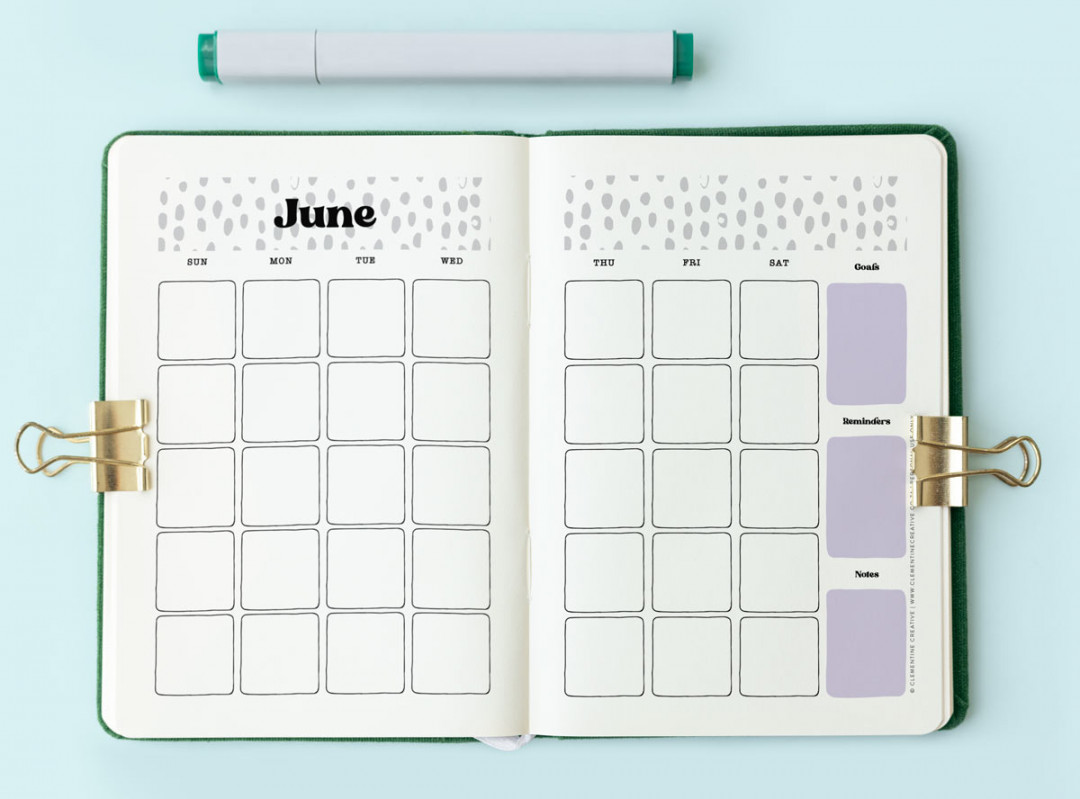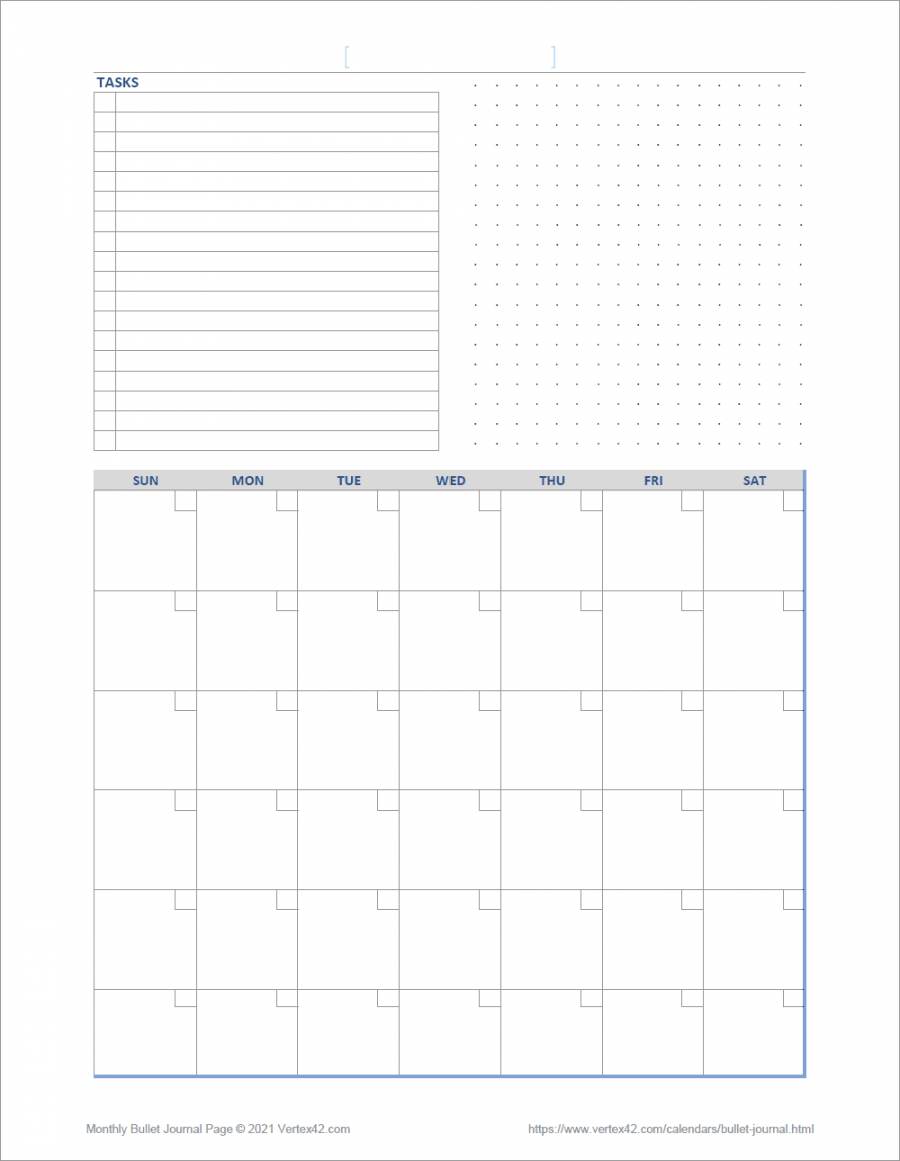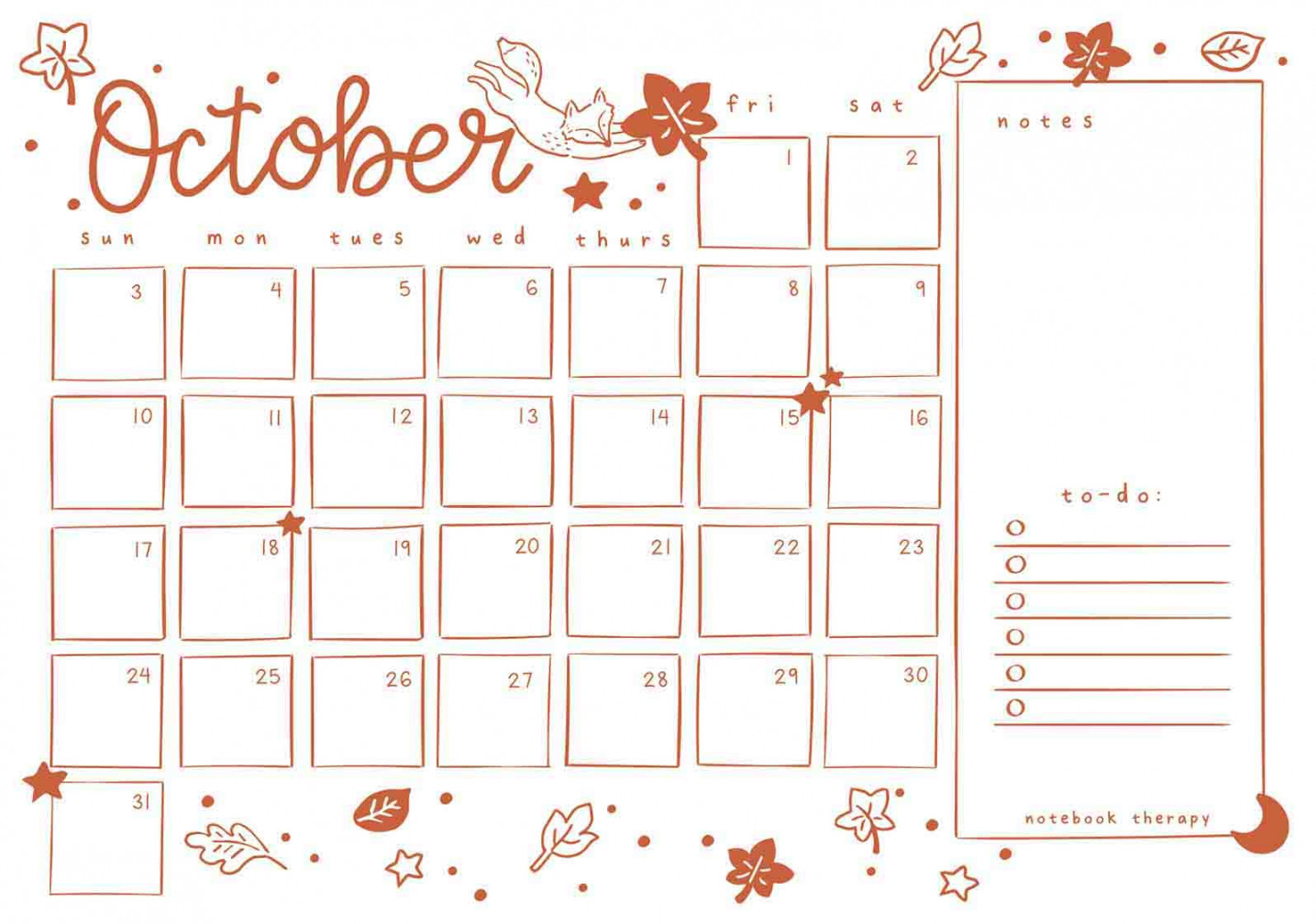Bullet Journal Calendar Printable
A beginner’s guide to planning your life using a bullet journal
Chances are you have a friend who won’t stop talking about how she ditched her weekly planner for a bullet journal, or maybe your aunt gave you one at your latest family reunion. But what exactly is a bullet journal, and how can you get started?
A bullet journal, or bujo, is a planner and diary combined into a system that records everything you ever want to do. Instead of the empty, lined pages you often find in notebooks, a bullet journal contains sections where you can keep a weekly or monthly calendar, log daily to-dos, track your mental health, and set short- and long-term goals.
Practicing gratitude is an effective tool for improving your mental health
How does it work?
Bullet journaling comprises four key concepts: collections, indexing, rapid logging and migration.
Each page is assigned a topic, or collection. Collections can almost anything, ranging from a shopping list to a travel log. However, the three most common types of collections are the future log, monthly log and daily log, where you write down tasks, events and goals as they occur. Other types of collections include mind maps, exercise trackers, book lists and dream diaries.
The index is where you organise all the entries in your bullet journal. You can choose to group lots of entries together by theme (for example, “travel”), or split them up into more nuanced categories (such as “Paris vacation” or “Tokyo trip 2019”). Your pages need to be numbered for this to work. However, the beauty of bullet journaling is that collections can be on multiple pages that aren’t necessarily in order. You just need to keep track of everything in your index! For example, when you start a new sketch, you might write in your index, “Drawings: 3, 10-11, 15 … .”
There are many different things you can track using your bullet journal.
The whole point of bullet journaling is to jot down quick notes instead of writing lengthy sentences.
This is called rapid logging, and there are a few different symbols you can use to mark your notes. For example:

An “x” marks something as a to-do item that has been completed; A “<” (fewer than symbol) shows that a task has been scheduled; A “>” (greater than symbol) indicates that a task has been migrated (moved to another list); and A “–” (dash) is used for quick thoughts or minor events, and an “o” (open circle) marks major events.
Of course, you can invent your own symbols, too. It’s suggested that you create a key at the front or back of your journal to keep track of what they mean.
Migration is usually done at the end of the month when setting up a new monthly log. Don’t worry if there are tasks you haven’t done but still want to complete – just add them to your new monthly planner!
#TBT: Summer fashion trends straight from the 90’s, from bucket hats to tie dye
Why should I use a bullet journal?
Bullet journaling is for you if you:

want to have several logs, planners and trackers all in a single journal aren’t a fan of writing paragraph after paragraph want to organise or declutter your life like setting goals and want to improve your productivity
What’s more, bullet journaling isn’t expensive at all – all you need is a notebook and a pen or pencil!
How do I get started?
The best way to start bullet journaling is simply to grab a notebook, create an index, decide on the symbols you’re going to use, and start experimenting with collections. Here are a few examples:

School timetable and exam tracker Homework to-do list Academic goals Grades checker Revision timetable Sleep log Books to read Mood tracker Inspirational quotes Gratitude log
Trying to be perfect can lead to depression and anxiety
You can also organise your bullet journal monthly and start each month with a new theme. For example, you can doodle hearts on all your February pages to represent Valentine’s Day, and tropical fruits and popsicles in your August collections. Some people like to decorate their bullet journals with stickers, cut-outs and washi tape.
Out of collection ideas? Check out some of the many YouTube channels and Instagram accounts dedicated to bujo inspiration. If you’re not a creative soul, consider using printable templates from the internet. Keep in mind that your bullet journal can be as fancy or minimalistic as you want!
There is no clear-cut formula for bullet journaling – it’s a highly flexible system that can be adapted to fit your needs and desires.
Starting a journal may sound daunting, but it’s best to take it easy. There’s no need to fill out the whole journal immediately. You can become a successful bullet journalist just by noting things down as they pop up in your mind. Happy bujo-ing!
